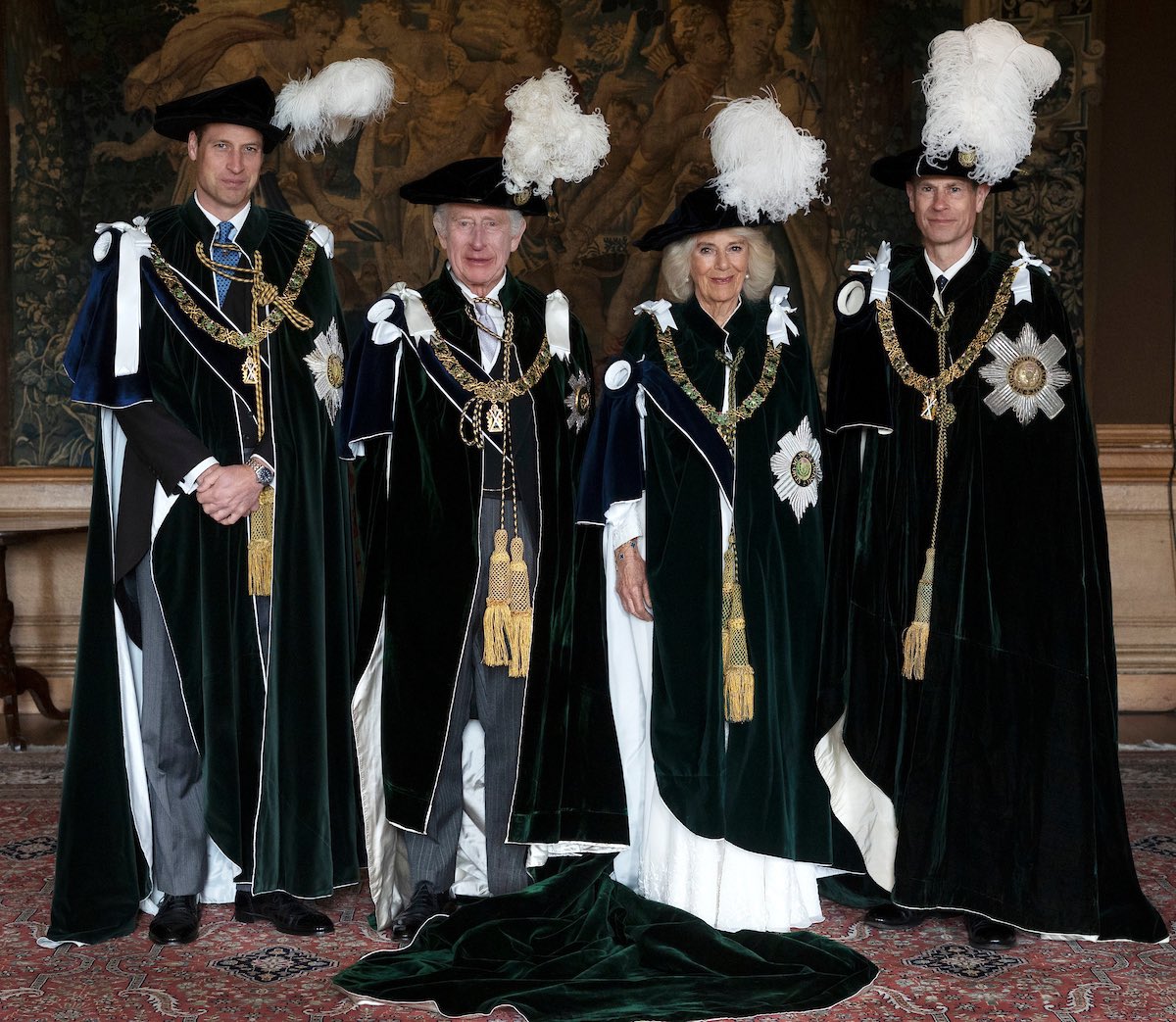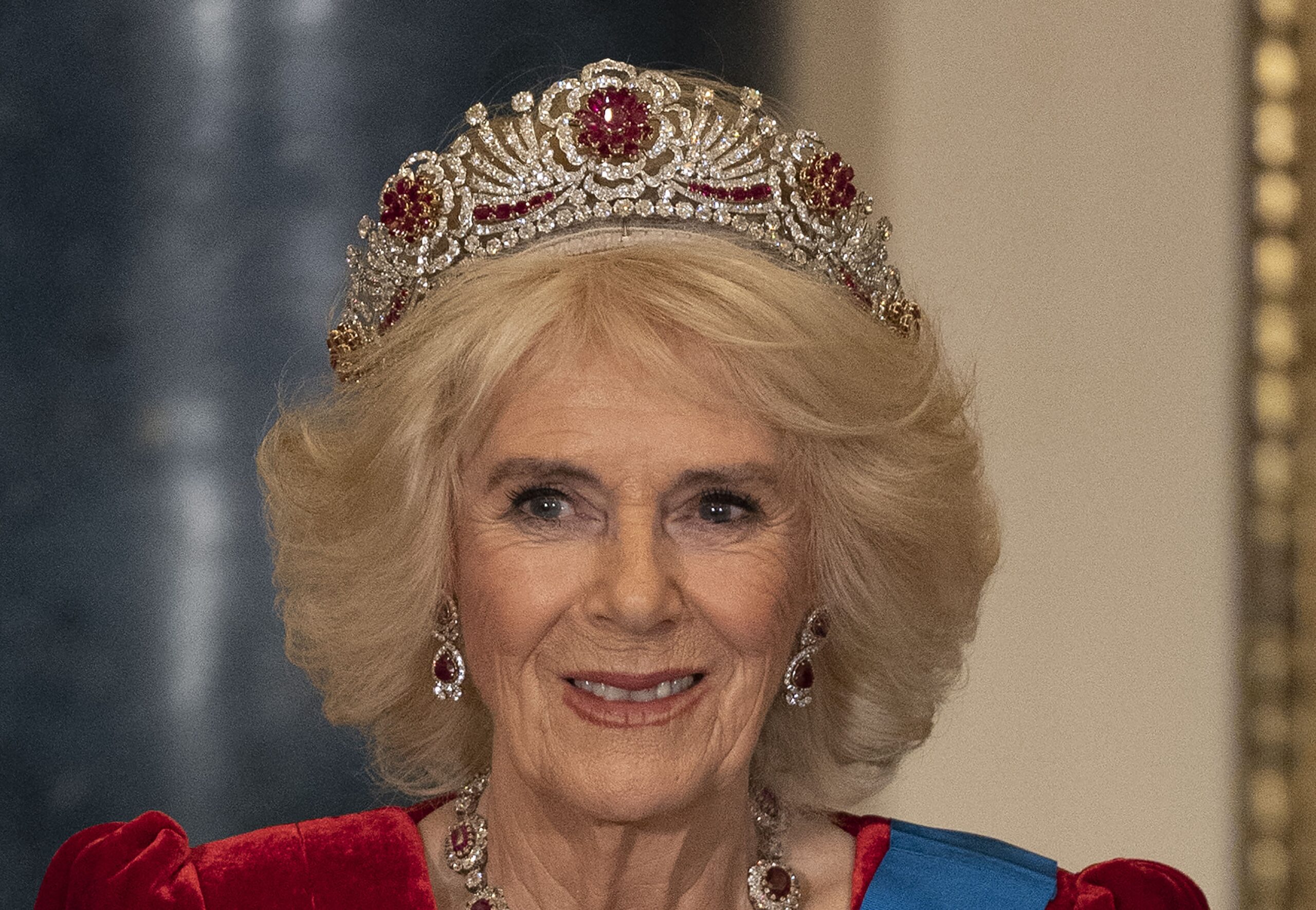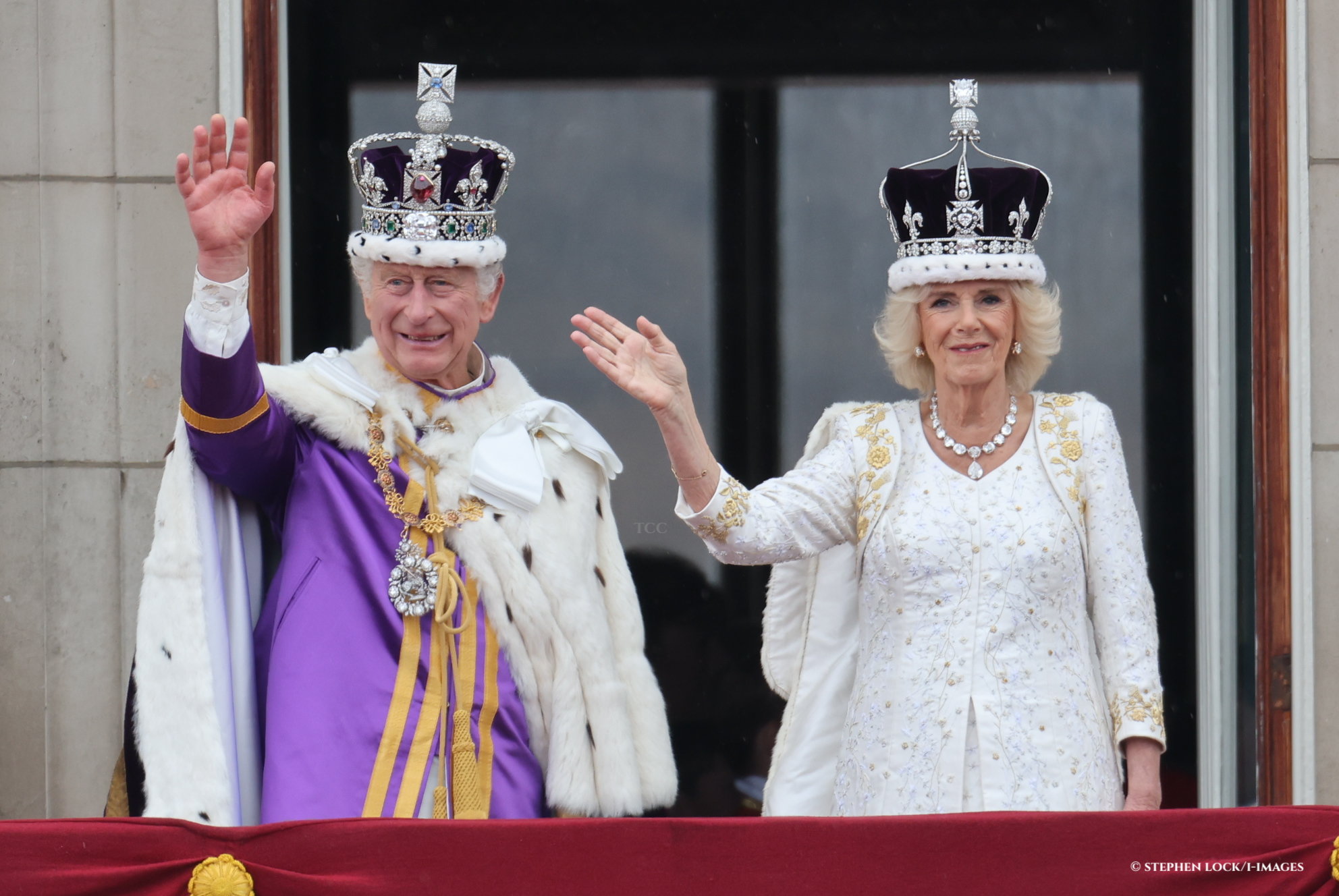Each year, The Queen celebrates her official birthday with a huge parade of soldiers and music, known as Trooping the Colour. But what exactly is Trooping, where did it come from? Read on…
Also known as The Queen’s Birthday Parade, Trooping the Colour is a parade of military music, horses, guns and personnel, which takes place at Horse Guards Parade, usually on the second Saturday of June. It is based upon the centuries-old tradition of trooping the colour in battle, as a point around which soldiers could rally.

Trooping the Colour is a centuries-old tradition to celebrate the Monarch’s birthday with a military display. (Cpl Timothy Jones RLC Crown Copyright)
Now, one regiment each year is selected to parade their flag (their colour) in front of The King and receive the royal inspection and salute for the special occasion.
This ceremony has marked the official birthday of the Monarch since 1748, during the reign of George II, and has occurred annually since 1820 – save for occasions of bad weather and periods of mourning.

Carriages carrying members of the Royal Family set off from Buckingham Palace to down the Mall to Trooping the Colour at Horseguards Parade.
More than 1,400 officers take part as well as 200 horses and over 400 musicians; it is the epitome of British pomp and pageantry that we associate with Monarchy and enjoy so much.
From the reign of Edward VII (1901-1910), the Sovereign has personally taken the salute; the date of the event was also moved to June, since his birthday was in November, almost guaranteeing poor weather for the London celebration! This gives the Monarch two birthdays.
What happens at Trooping the Colour?
Events begin at approximately 10.00am, with bands and soldiers marching (or riding) down the Mall, followed by senior members of the Royal Family in carriages, heading down to Horse Guards Parade.
Crowds lining the route and in St. James’s Park listen to music performed by the bands, relishing in the chance to see their Monarch and Royal Family. Early on in her reign, the late Queen moved the celebration from Thursday to allow the public to enjoy the day, too.
Her Majesty arrives on the parade ground as the clock strikes 11, where she takes the royal salute.
Then, the Regimental Colour being trooped is carried down the ranks following music by the bands, and the Foot Guards and the Household Cavalry march past Her Majesty next; The King’s Troop, Royal Horse Artillery, rank past with their guns. This performance of horses, guns and music is a personal tribute to the Sovereign by her troops.
The Queen used to wear her Guards’ brooch for the occasion, pointing to her connection with the foot guards. She is colonel in chief of the Household Division, and this diamond piece shows the five foot regiments: Grenadier Guards, Welsh Guards, as well as the Scots, Coldstream and Irish Guards.
The King, being male, wears uniform.
At 12.52pm, Green Park and the Tower of London will have gun salutes to mark the event, the thunder of canon roaring across London.
The fly-past then takes place at 1.00pm, and the Royal Family joins The King on the balcony for the air show, which features the Red Arrows. Usually, the family then have lunch at the palace, one of the few times each year they can all get together.

The Red Arrows fly over Buckingham Palace
to celebrate the official birthday of Her Majesty The Queen after Trooping the Colour (MoD)

The Royal Family at Trooping the Colour in 2018, watching the fly past (Andrew Parsons / i-Images)
Save 1955 (due to a rail strike), the late Queen attended every Trooping the Colour. It was in 1987 that Her Majesty – then 70 – stopped riding for the event (most uncomfortable, side saddle!) and began riding in a carriage to enjoy the spectacle.
When she attended on horseback, Her Majesty would wear the Household troop’s uniform as Colonel-in-Chief, (note the change of feather in her hat, and the symbol on the collar in gold braid), along with the sash and star badge of the Order of the Garter, or the the Thistle, if the Scots Guards were trooping (as in the first image below – dark green sash).
Famously on 13th June 1981, the Queen was riding down the Mall during the parade. A youth fired blanks at her, and her mount almost bolted; showing how adept a rider she was, Her Majesty simply calmed the horse and continued as police and soldiers apprehended the man.
How to see Trooping the Colour:
Tickets must be applied for in January and February before the event; details can be found here.
If you can’t make it to London to join the crowns for the special event, the BBC televises it each year. The camera gives a great overview of the crowds which mass for The King, but also the technical manoeuvres performed by the soldiers.
Another chance to see Trooping?
The Saturday before Trooping (which usually takes place on the second Saturday of June) is the Colonel’s Review. Here, a Colonel of the Household regiment watches a rehearsal of the event and receives the salute; often, this is a member of the Royal Family – Princess Anne, Prince William or The Duke of Kent have performed the duty in the past.
A week prior to this, the Major General’s Review takes place; a similar event, but with the Major General inspecting.
Note, there are dress codes for the events if you attend in Horse Guards:
– The King’s Birthday Parade – Morning Dress, Lounge Dress, Lounge Suit or Jacket and Trousers, equivalent for the ladies (no denim). Military personnel may wear Ceremonial Day or other Service equivalent.
– Colonel’s Review – Lounge Suit or Jacket and Trousers, equivalent for the ladies (no denim).
– Major General’s Review – Smart Casual (no denim).





